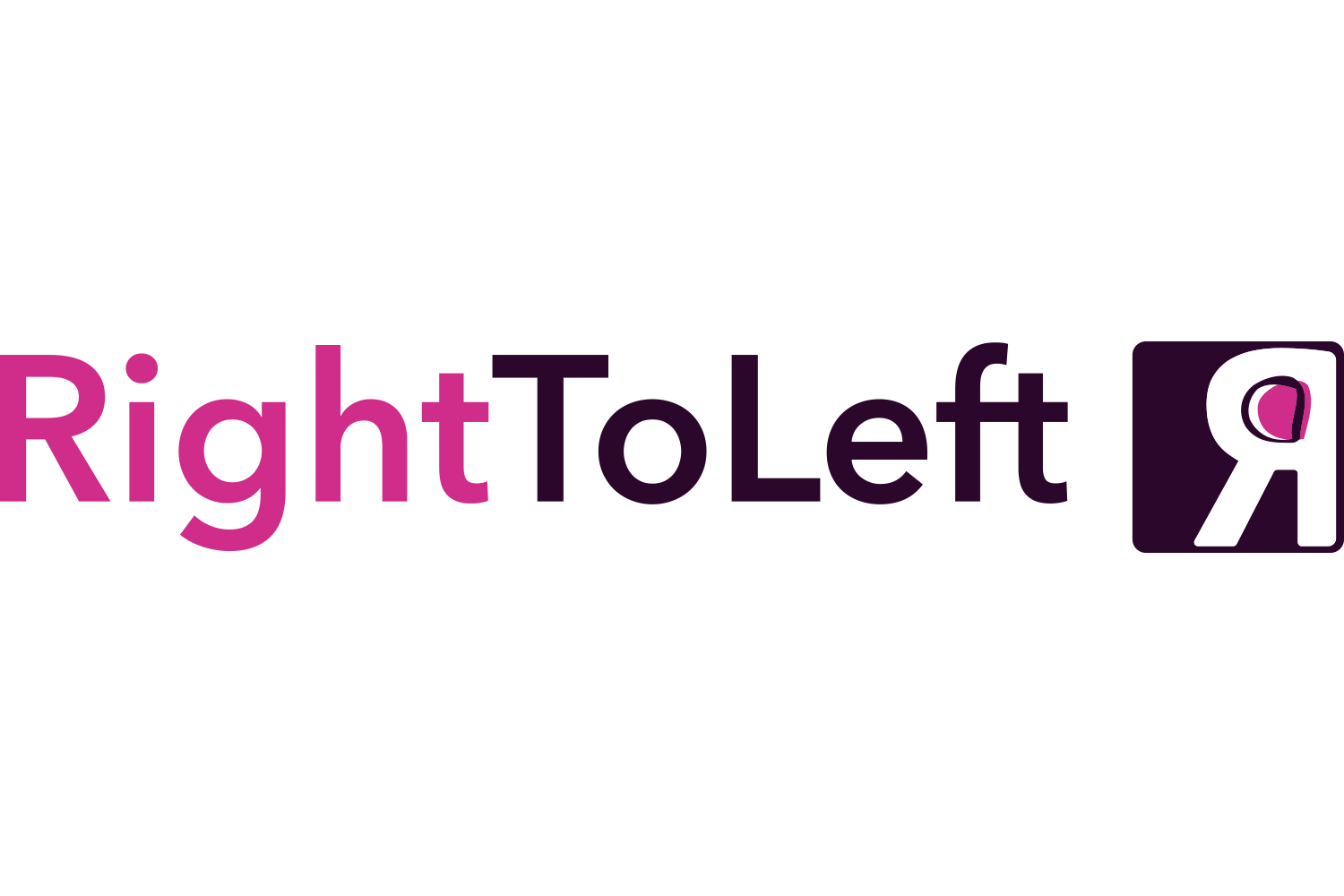Unleashing confidence for powerful outcomes
I don't know how often I've said this, but I'll repeat it for good measure: product is hard. Once we reach a leadership position, we are tasked with guiding our team's success while balancing the product's direction and growth. Leadership positions come with challenges, and among our many responsibilities, we must also juggle inspiring our teams with the confidence they need to make informed decisions.
But how can you inspire confidence in others when you're not quite sure if you have confidence your team is working on the right things, to begin with? It's essential to establish visibility around decision-making and learning, identify clear signals of progress, and provide continuous feedback that encourages growth to create an environment where teams and leaders can thrive.
In this blog post, we'll outline key strategies for leaders to become more proactive and outcome-oriented, ultimately creating team confidence and driving better performance.
Visibility of learning
Leadership can be challenging when visibility into team activities is limited, making it difficult to know when to offer support. When leaders are caught off-guard with new information, their style is more reactive than proactive. Ideally, leaders should have visibility into their team's decision-making and learning, allowing them to provide support and challenge as needed.
A critical component of building team confidence and delivering value lies in sharing and reflecting on team learnings. With an open environment where team members can discuss their insights, you break down silos and promote a culture of continuous improvement. Encourage your team to discuss their learnings regularly and explore how these insights can be applied to their work. This collaborative approach ensures everyone is on the same page and working towards a shared vision.
As your team continues to learn and grow, they become better equipped to create value for your users. Sharing insights and knowledge across the organisation should be a top priority. This collaborative approach allows everyone to benefit from each team's experiences, leading to improved decision-making and more effective problem-solving. By actively promoting the sharing of learnings, you enable your organisation to leverage the collective insights of its members, ultimately leading to better outcomes for your users and the business as a whole.
Warning for Leaders: Leaders should be cautious about becoming obsessed with statistics and status updates, as this can lead to micromanagement and a focus on solutions without proper evidence. Such behaviours can contribute to an unhealthy work environment and toxic leadership. "Sharing learnings" does not mean sharing daily or weekly stats. It means focusing on the larger, strategic learnings that can provide insights into future decisions.
Giving feedback
Providing clear and actionable feedback is crucial to supporting your team and ensuring they remain focused on delivering value. To make the feedback process effective, keep it simple, allowing your team to understand and apply the guidance offered. Avoid unnecessary complexity, as it can lead to confusion and hinder progress.
One helpful tool to facilitate this process is the outcome-focused report, which you can implement for weekly team evaluations. The process involves having a weekly review of what was accomplished the previous week and marking it as one of the following:
Creating value: There was a release that created value for the customer.
Learning: Taking time to reflect, share learnings, and conduct activities like discovery and user interviews.
Other: Coding without releases, tech debt management, etc.
As a team, collaborate to assess your focus. While "other" activities are still important, it's vital to prioritise value creation and learning as much as possible.
Regularly engaging in this exercise helps you identify areas where your team may need support or where their performance can be challenged to drive improvement. This practice empowers your team members to grow, adapt, and excel.
Use your roadmap
Approaching the roadmap as a dynamic and evolving document is vital for keeping your team aligned and adaptable to new information and shifting priorities. It's even more critical to ensure it's seen more than once. Rather than presenting a roadmap once and neglecting to revisit it, ensure that your team regularly reviews and updates the roadmap to maintain its relevance and usefulness.
By consistently referencing the roadmap in discussions and decision-making, you reinforce the direction and value of your team's work, keeping everyone focused on achieving the desired outcomes. You cannot expect your team (or wider organisation) to know what is happening from a document that was spoken about once in some PowerPoint presentation. You may feel repeating yourself seems useless, but the more you can highlight its importance, the more your team will begin to trust it.
Conclusion
As a leader, your role is to empower your team members to grow, adapt, and ultimately deliver value to your users and the organisation. Proactive and outcome-oriented leadership is crucial for inspiring team confidence and driving better performance. By promoting the visibility of learning, providing clear and actionable feedback, and consistently utilising the roadmap, leaders can effectively support their teams and help them excel. Remember, maintaining open communication and prioritising continuous improvement are vital in creating a collaborative and successful work environment.

